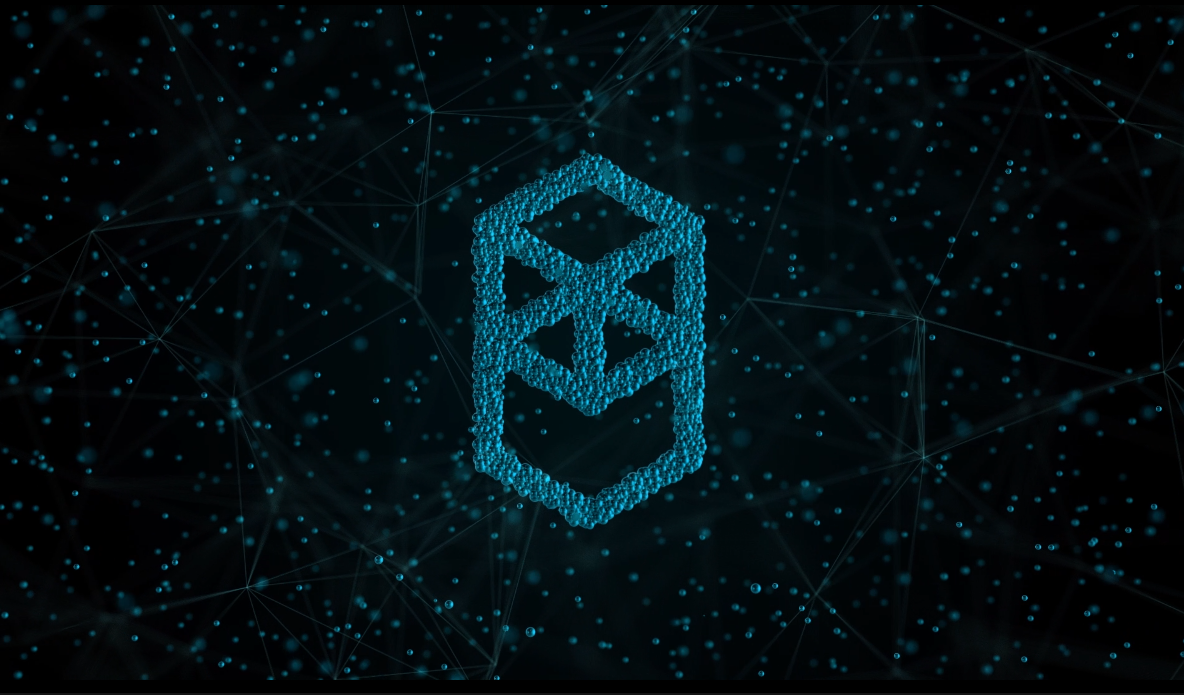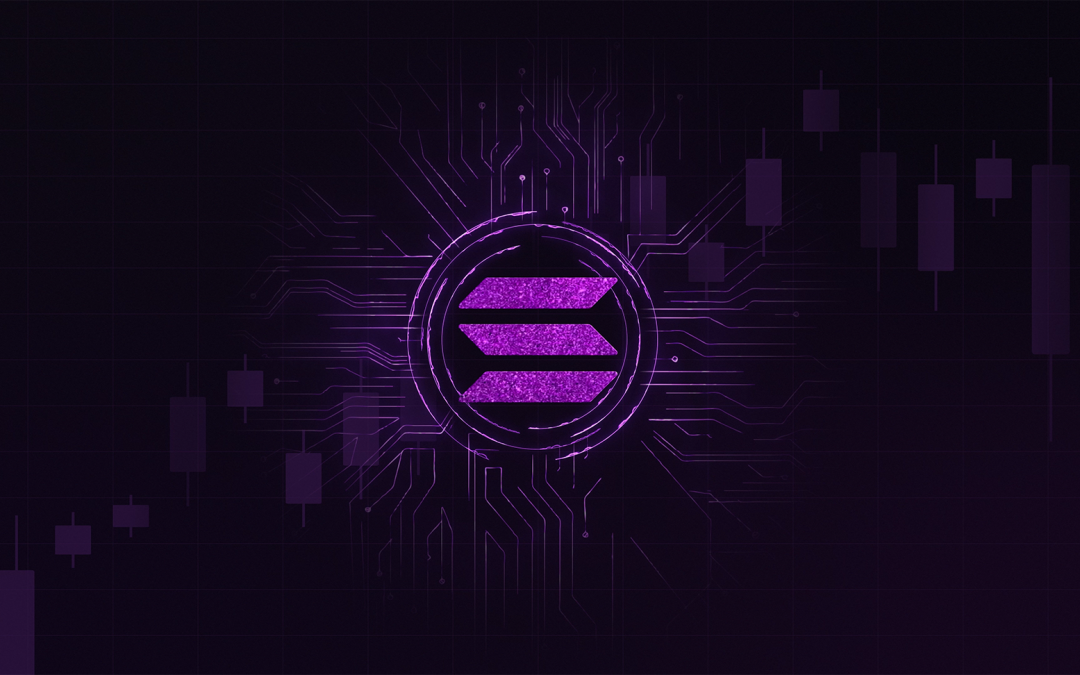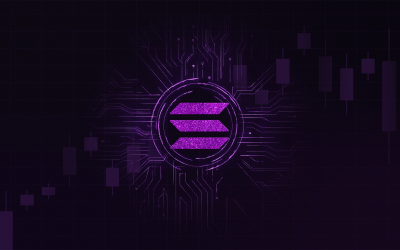April 9, 2023

The Fantom Network is a high-performance, open-source smart contract platform for digital assets and decentralized applications (dApps). It is designed to address the limitations of previous blockchain platforms, such as slow transaction speeds and high fees, by utilizing an advanced DAG-based aBFT consensus algorithm called Lachesis. This allows Fantom to achieve fast transaction finality and high scalability without sacrificing security.
Fantom’s underlying virtual machine is based on Ethereum’s EVM, which makes it easy for developers to create and deploy smart contracts using existing tools like Solidity, Hardhat, and Remix. The network also supports interoperability with other blockchains through its bridge technology, which allows for the seamless transfer of assets between networks.
As a permissionless network, anyone can participate in the Fantom ecosystem by becoming a validator or delegator and earning rewards for securing the network. The FTM token is used as a governance token, allowing holders to vote on proposals and changes to the protocol. With its speed, security, and scalability, the Fantom Network is quickly becoming a popular choice for developers and users alike in the decentralized finance (DeFi) space.
What is the Fantom Network?
The Fantom Network is a blockchain platform that enables developers to build and deploy decentralized applications (dApps). The platform is powered by Lachesis, an advanced DAG-based aBFT consensus algorithm, which provides fast, secure, and highly scalable blockchain services to businesses and applications. The Fantom Network is designed to support the development of a wide range of dApps, including DeFi, NFTs, and gaming applications.
Overview
The Fantom Network is built on a DAG (Directed Acyclic Graph) architecture, which is a type of data structure that allows for fast and efficient processing of transactions. The network uses aBFT (Asynchronous Byzantine Fault Tolerance) consensus algorithm, which ensures that transactions are validated quickly and securely. The Fantom Network is also EVM (Ethereum Virtual Machine) compatible, which means that developers can write smart contracts in Solidity and deploy them using existing tools like Hardhat or Remix.
The Fantom Network is designed to be highly scalable, with the ability to process up to 300,000 transactions per second. This makes it one of the fastest blockchain platforms currently available. The platform also has low transaction fees, which makes it an attractive option for developers looking to build dApps that require high-speed and low-cost transactions.
History
The Fantom Network was founded in 2018 by Michael Kong. The platform’s mainnet was launched in December 2019, and since then, it has grown rapidly in popularity. The platform has attracted a wide range of developers and businesses, including those in the DeFi, NFT, and gaming industries.
The Fantom Network has also partnered with a number of leading blockchain projects, including Chainlink, Band Protocol, and Sushiswap. These partnerships have helped to increase the platform’s visibility and adoption, and have helped to establish it as one of the leading blockchain platforms in the industry.
How Does the Fantom Network Work?
Consensus Mechanism
The Fantom Network uses an advanced DAG-based aBFT consensus algorithm called Lachesis. The consensus mechanism ensures that the network is secure and reliable. Validators and delegators spread across the globe uphold the trustless environment, and proof of stake secures the network against attacks, such as Sybil attacks. Leaderless consensus means that no validator node plays a special role, adding a safeguard against centralization.
Smart Contracts
The Fantom Network supports smart contracts, which are self-executing programs that run automatically when certain conditions are met. Smart contracts can be used to create decentralized applications (dApps) that run on the network. The Fantom Virtual Machine (FVM) is the platform on which smart contracts are executed. It is compatible with the Ethereum Virtual Machine (EVM), which means that developers can easily port their existing Ethereum smart contracts to the Fantom Network.
Tokenomics
The native utility and governance token of the Fantom Network is FTM. It is used for payments, rewards, and fees. Through a process of staking, the token is also used to secure the network and to make governance decisions for the future of the protocol. There is a total supply of 3.175 billion FTM, of which 2.1 billion are currently in circulation. FTM is available on several exchanges, including Binance, BitMax, and KuCoin.
The Fantom Network is highly scalable, fast, and secure. It is designed to provide ledger services to businesses and applications, and to support a wide range of use cases, including utility dApps, NFT projects, gaming, and DeFi projects. According to DefiLlama, DeFi projects on the Fantom ecosystem have over $600 million in total value locked.
Advantages of the Fantom Network
The Fantom Network is a decentralized, open-source smart contract platform designed to support decentralized applications (dApps) and digital assets. It boasts several advantages over other blockchain networks, including:
Scalability
One of the most significant advantages of the Fantom Network is its scalability. The network can verify up to 300,000 transactions per second, making it one of the fastest blockchain networks available. This is possible due to the network’s unique consensus mechanism, which uses a Directed Acyclic Graph (DAG) to allow for parallel processing of transactions. This makes the Fantom Network an excellent choice for applications that require high transaction throughput, such as DeFi platforms and payment solutions.
Speed
The Fantom Network also offers fast transaction speeds, with a block time of just 1-2 seconds. This is significantly faster than other blockchain networks, which can take several minutes or even hours to process transactions. The fast transaction speeds of the Fantom Network make it an ideal choice for applications that require near-instantaneous transaction processing, such as micropayments and real-time data streaming.
Interoperability
The Fantom Network is EVM-compatible, meaning that any decentralized application’s code on Ethereum works on Fantom with only minor alterations. This makes it easy for developers to port their existing Ethereum dApps to the Fantom Network, providing them with access to the network’s fast transaction speeds and scalability. Additionally, the Fantom Network supports cross-chain interoperability, allowing it to communicate with other blockchain networks and exchange assets seamlessly.
Overall, the Fantom Network’s scalability, speed, and interoperability make it an excellent choice for developers looking to build decentralized applications and digital assets. Its unique consensus mechanism and compatibility with Ethereum dApps make it an attractive alternative to other blockchain networks, and its fast transaction speeds and scalability make it an ideal choice for applications that require high throughput and near-instantaneous transaction processing.
Use Cases of the Fantom Network
DeFi
The Fantom Network has become a popular platform for decentralized finance (DeFi) applications. Its fast transaction processing times and low fees make it an attractive option for developers and users alike. The network’s native token, FTM, is used for securing the network through staking, for governance, for payments, and for fees. Users can also earn staking rewards by participating in the network.
One of the most popular DeFi applications on the Fantom Network is SpookySwap, a decentralized exchange (DEX) that allows users to trade cryptocurrencies without relying on a centralized authority. SpookySwap is built on the Fantom Network and offers fast transaction processing times and low fees, making it a popular option among traders.
Supply Chain Management
The Fantom Network is also being used for supply chain management applications. Its fast transaction processing times and low fees make it an attractive option for tracking goods and ensuring their authenticity. The network’s immutable ledger ensures that all transactions are recorded and cannot be altered, making it an ideal platform for supply chain management.
One example of a supply chain management application built on the Fantom Network is the Ocean Protocol. The Ocean Protocol is a decentralized data exchange that allows users to securely and privately share data. It uses the Fantom Network to ensure the authenticity and integrity of data, making it an ideal platform for supply chain management applications.
Identity Verification
The Fantom Network is also being used for identity verification applications. Its fast transaction processing times and low fees make it an attractive option for verifying the identity of individuals and organizations. The network’s immutable ledger ensures that all identity verification transactions are recorded and cannot be altered, making it an ideal platform for identity verification.
One example of an identity verification application built on the Fantom Network is the Fractal ID. The Fractal ID is a decentralized identity verification platform that allows users to verify their identity without relying on a centralized authority. It uses the Fantom Network to ensure the authenticity and integrity of identity verification transactions, making it an ideal platform for identity verification applications.
Conclusion
The Fantom Network is a high-performance, scalable, and secure smart-contract platform that is designed to overcome the limitations of previous generation blockchain platforms. With its unique Lachesis consensus algorithm, the Fantom Network is able to achieve fast finality, making it ideal for use in applications that require quick transaction times.
The Fantom Network also offers a number of other features that make it a compelling choice for developers and users alike. For example, the network supports on-chain governance, allowing stakeholders to submit proposals and vote on important decisions. Additionally, the FTM token’s fast throughput and low transaction fees make it an attractive option for those looking to exchange value quickly and inexpensively.
Overall, the Fantom Network represents a significant step forward in the evolution of blockchain technology. With its innovative approach to consensus and governance, as well as its impressive performance and scalability, the network is well-positioned to become a major player in the world of decentralized applications and finance.
lATEST UPDATES:

What is Solana (SOL)? A Comprehensive Guide to the Blockchain
Solana (SOL) is a blockchain-based platform that is designed to provide fast and secure transactions. It is one of the most promising cryptocurrencies in the market today, offering a range of features that make it stand out from other platforms. Solana is designed to...

What is Ethereum? A Comprehensive Guide
Ethereum is a decentralized blockchain platform that enables developers to build and deploy decentralized applications (dApps) and smart contracts. Launched in 2015, Ethereum is the second largest cryptocurrency by market capitalization after Bitcoin. The platform is...
Related Articles
What is Solana (SOL)? A Comprehensive Guide to the Blockchain
Solana (SOL) is a blockchain-based platform that is designed to provide fast and secure transactions. It is one of the most promising cryptocurrencies in the market today, offering a range of features that make it stand out from other platforms. Solana is designed to...
What is Ethereum? A Comprehensive Guide
Ethereum is a decentralized blockchain platform that enables developers to build and deploy decentralized applications (dApps) and smart contracts. Launched in 2015, Ethereum is the second largest cryptocurrency by market capitalization after Bitcoin. The platform is...


